Der weit überwiegende Teil der Musikkritik hat es sich in dem kolonialistischen Narrativ bequem gemacht, amerikanische Musik erst ab dem Zusammentreffen der europäischen Eingewanderten mit afrikanischen Sklaven und Sklavinnen zu erklären. Ausgeblendet wird in dieser Erzählung regelmäßig die Musiktradition der zahlreichen indigenen Völker des nordamerikanischen Kontinents, von denen die meisten sich heute in den USA als Native Americans bezeichnen, in Kanada als First Nation.
Text: Martin Wimmer
Schon 1988 taten sich deshalb Engagierte zusammen, um eine kleine Preisverleihung für Musik aus den Reservaten auf die Beine zu stellen. Seitdem ging es mit den Native American Music Awards (Nammys) steil bergauf. Von Hank Williams bis Jimi Hendrix wurden öffentlichkeitswirksam populäre Musiker und Musikerinnen mit einschlägigen (und oft umstrittenen) Wurzeln in eine Hall of Fame aufgenommen. Breiter rezipierte Kulturschaffende wie die auch in Europa gut bekannten Bill Miller, Floyd Westerman oder John Trudell erhielten Sonderpreise.
Logo Native American Music Awards
Herausragende Bedeutung erhielt die Zeremonie vor zehn Jahren. Bis dahin wurde bei den Grammys eine Auszeichnung für das „Best Native American Music Album“ verliehen. Ab 2012 wurde dieser Preis abgeschafft und einschlägige Künstlerinnen und Künstler waren in der Kategorie „Regional Roots Music Album“ vertreten – die sie aber kein einziges Mal gewinnen konnten. Seither sind die Nammys identitätsstiftender Höhepunkt des Jahres für die Szene. 2022 findet die mittlerweile renommierte Show zum neunzehnten Mal statt, unterstützt von über zwanzigtausend stimmberechtigten Mitgliedern. Preise werden in mehr als dreißig Kategorien vergeben, vor allem erwartbare wie „Rock“, „Blues“ und „Instrumental“, darunter sind aber auch dreizehn für Videos. In der Kategorie „Folk/Americana“ ist das Motiv „Interpret vor beeindruckender Naturkulisse“ besonders beliebt, das Spektrum auf Youtube reicht aber bis zum sehenswerten, ambitionierten Kunstfilm (Matthew Hawk, „Mercy Falls“).
„Vorurteile landen hoffentlich dort, wo sie hingehören: im Tipi des Vergessens.“
Generell ist die Vielfalt groß. Unter den Nominierungen für die „Single des Jahres“ finden sich klassischer Country, Hip-Hop, Reggae, Singer/Songwriter, Popballaden und traditioneller Kehlkopfgesang. Enger zusammen liegen die Beiträge bei den Auszeichnungen für „Best Powwow“ und „Best Flute“. Getrommelter Rhythmus und monofoner Gruppengesang einerseits, meditative Flötenmelodien andererseits bedienen am ehesten Erwartungen an indigene Klänge. Gute Chancen, die Trophäe als „Künstler der Jahres“ mit nach Hause zu nehmen, hat denn auch Superstar R. Carlos Nakai, der mit Nocturne seit erstes Soloalbum seit zwölf Jahren vorlegte. Der mittlerweile 76-jährige Flötist bleibt seinem millionenfach verkauften Wellnesssound treu und mit Titeln wie „Mindfulness“ oder „Creativity Chant“ auch für New-Age- und Yoga-Fans attraktiv.
Eine echte Überraschung bietet dagegen das Genre Waila, auch als Chicken-Scratch-Musik bekannt, eine höchst tanzbare Spielart des mexikanischen Norteño, die ausschließlich im südlichen Arizona von Angehörigen der Tohono O’Odham gespielt wird. Die Polkas der Famous Ones auf Versatile Music 3 Peat treiben allen Akkordeonbegeisterten die Freudentränen in die Augen. Ebenfalls eine völlig eigenständige Gattung bildet die Native American Church Music, mit der die Angehörigen der größten Glaubensgemeinschaft der nordamerikanischen Indigenen ihre Drogenrituale begleiten. Darum wird sie auch Peyote Music genannt. Zu erkennen sind die Aufnahmen an der typischen Kombination aus Kalebassenrassel und Wassertrommel. Insbesondere der Navajo Anthony Benally hat sich damit eine ansehnliche Fangemeinde auf Spotify erspielt.
Nominiert für einen „Native Heart Award“ werden Künstlerinnen und Künstler, die selbst keine indigenen Wurzeln haben, sich aber um die tradierten musikalischen Ausdrucksformen der nordamerikanischen Urbevölkerung verdient machen. In diesem Jahr sind auch zwei Österreicher dabei: der langjährig aktive Wiener Weltmusiker Bernhard Weilguni, bekannt als Wolfsheart, und sein Nachahmer Bernhard Mikuskovics, der als Bearheart Kokopelli tourt. Wolfsheart sieht die Konkurrenz zwar gelassen: „Grundsätzlich finde ich es sehr begrüßenswert, wenn Musiker die indianische Botschaft verbreiten wollen – sofern das ernst gemeint ist und keine Effekthascherei darstellt.“ Ein wenig nach Kriegsbeil klingt es dann aber doch, wenn er fortfährt: „Der Wolf ist eine große Inspiration und ein äußerst soziales Lebewesen, das Mystik und Freiheit vereint. Jetzt taucht relativ unerwartet und viele Jahre später ein österreichischer Bär auf mit ähnlichem Namen. Das wirkt schon ein wenig irritierend.“ Bearheart erklärt sich seinen Erfolg so: „Bei den Indianern gibt es den Begriff mitakuye oyasin, was so viel bedeutet wie: ‚Wir sind alle verwandt.‘ Für mich als Musiker liegt das in dem Phänomen der Resonanz begründet. Resonare bedeutet wörtlich ‚widerhallen‘ beziehungsweise ‚mitschwingen‘, und als Mensch kann ich meine Fühler ausstrecken, mit anderen Kulturen mitschwingen und einen Widerhall in meinem Wesen spüren.“ Wir reichen die Friedenspfeife mal weiter, denn da ist der Weg dann doch nicht so weit zur Philosophie von Wolfsheart: „Für mich ist die Beschäftigung mit der Kultur dieses Volkes keine billige Ethno-Abcash-Pose, sondern gelebte innere Überzeugung. Ich trage diese Faszination in unsere Zivilisation, aber mit meiner ganz eigenen modernen Interpretation.“ Mit seinem Album All Life Springs From Water ist der Klassiker unter den europäischen „Native Americans“ nun schon zum siebten Mal nominiert, dreimal hat er einen Nammy tatsächlich nach Wien entführt. „Das findet bei den Native Americans ehrlich gemeinte Akzeptanz und Anerkennung. Die Schranken im Kopf gehen hoch, das Herz folgt und Vorurteile auf beiden Seiten landen hoffentlich dort, wo sie hingehören: im Tipi des Vergessens.“
„Regenbogen, Federn, türkiser Schmuck – ein indianisches Album soll oft auf den ersten Blick als solches erkannt werden.“
Neben den Native American Music Awards gibt es mittlerweile weitere Initiativen. Sandra Sutter wurde dieses Jahr nicht nur für vier Nammys nominiert, ihr Album Aurora 12 brachte ihr auch den Titel „Best Folk Artist“ bei den Indigenous Super Stars Music Awards ein. Diese erwuchsen aus der hörenswerten gleichnamigen Podcastreihe der Kanadierin Rhonda Head. Die Mischung aus Weihnachtsstimmung und Sozialkritik auf Sutters tollem Folkalbum verbindet sich erstaunlich harmonisch zu einem emotionsgeladenen Blick auf die kanadische Heimat der Songwriterin aus Calgary. Wie bei vielen Aufnahmen indigener Künstlerinnen und Künstler kann eine Interpretationshilfe nicht schaden, um die doppelbödigen Texte zu verstehen. So handelt der Song „Standing People“ nicht etwa von einem aufrechten Volk, der Ausdruck bezeichnet im Sprachgebrauch der Cree-Métis schlichtweg Bäume. Diese tiefe Verwurzelung in mythologischen Bezügen ist vielen Songtexten der ausgezeichneten Interpreten und Interpretinnen aller Musikrichtungen eigen – und drückt sich mit Regenbogen, Feder, Fransenstiefel, Zelt, langen schwarzen Haare, Pfeife oder türkisem Schmuck nicht selten in der Ikonografie der Cover aus.
Auch bei den kanadischen Grammys, dem Juno Award, gibt es seit Jahrzehnten Streit über die Kategorisierungen. 2022 wurden nun erstmals je ein Preis für den traditionellen (Fawn Wood) und den zeitgenössischen (DJ Shub) indigenen Künstler des Jahres vergeben. Perfekt zum Einstieg ist die Nummer „Redfoot“ auf DJ Shubs Gewinneralbum War Club, denn dort mischen sich die elektronischen Beats des „Godfather of PowWowStep“ mit dem hypnotischen Gesang der erfolgreichen Cree-Ikone. Ein weiterer renommierter Preis, der Willie Dunn Award (als Teil des kanadischen Musikvideo-Awards Prism Prize), wurde 2021 neben Beatrice Deer an Leanne Betasamosake Simpson für ihr herausragendes Album Theory Of Ice vergeben. Die intellektuelle Aktivistin und feministische Publizistin überzeugt darauf mit poetischen Texten, selbstbewusstem Sprechgesang und ausgefeilter Produktion. Ihre eindrückliche Aktualisierung von Dunns legendärem Protestsong „I Pity The Country“ von 1971 steht als lange nachhallendes Monument dafür, dass sich auch fünfzig Jahre später die oft katastrophalen sozialökonomischen Ausgangsbedingungen für die ursprüngliche Bevölkerung des amerikanischen Kontinents nur wenig geändert haben.
DJ Shub, Riddu Riđđu Festival. Foto: Wikipedia CC BY-SA 2.0
Nach fast dreihundert Jahren Kolonialismus seit Columbus, dann rund zweihundertfünfzig Jahren Unterdrückung in den USA seit 1776, erleben die vierzehntausend Jahre alten Identitäten der autochthonen Völker Amerikas derzeit über ihre Musik wieder deutliche Bestätigung, auch wenn diese als absolute Minderheit – nur in acht US-Bundesstaaten liegt ihr Anteil an der Bevölkerung über zwei Prozent – weiter schwer zu kämpfen haben. Heute haben wir es im Grunde beim Selbstverständnis indigener nordamerikanischer Musik mit zwei Varianten zu tun. Musiker und Musikerinnen aus den Reservaten oder mit indigenen Wurzeln, die sich in allen gängigen Musikrichtungen hochdivers ausdrücken. Und spezifisch indigene musikalische Ausdrucksformen, die von internationalen Künstlerinnen und Künstlern diverser Herkunft gespielt werden. Egal, von welcher Seite man sich nähert: Reinhören lohnt sich!
Albumtipps:
- DJ Shub, War Club (Eigenverlag, 2020)
- Famous Ones, Versatile Music 3 Peat (Eigenverlag, 2021)
- R. Carlos Nakai, Nocturne (Canyon Records, 2020)
- Leanne Betasamosake Simpson, Theory Of Ice (You’ve Changed, 2021)
- Sandra Sutter, Aurora 12 (Eigenverlag, 2020)
- Wolfheart, All Life Springs From Water (G. I. Records, 2020)
- Fawn Wood, Kakike (Buffalo Jump Records, 2021)
Weitere Linktipps:
- www.bearheartkokopelli.com
- www.buffalojumprecords.com/fawn-wood
- www.djshub.ca
- www.facebook.com/OfficialFamousOnes
- www.leannesimpson.ca
- www.rcarlosnakai.com
- www.sandrasutter.com
- www.wolfsheart.eu
Videolinks:
- Native American Music Awards www.youtube.com/c/nativeamericanmusicawards
- Matthew, Hawk, „Mercy Falls“: www.youtube.com/watch?v=JC7FiZgvrpE
- Chicken-Scratch-Musik aus Arizona: www.youtube.com/watch?v=h_R6LLdaK48
- Bearheart Kokopelli, „Walking The Sacred Path“: www.youtube.com/watch?v=keyiBrStww0
- Indigenous Super Stars Music Awards 2022: www.youtube.com/watch?v=OjHBfh6h7Rw
- Sandra Sutter, „Standing People“: www.youtube.com/watch?v=KEU_QJKfOIM
- DJ Shub feat. Fawn Wood, „Redfoot“: www.youtube.com/watch?v=0qWlu3v2rXQ
- Interview mit Leanne Betasamosake Simpson im Rahmen der Verleihung des Willie Dunn Awards 2021: www.youtube.com/watch?v=1U58drhC0_k


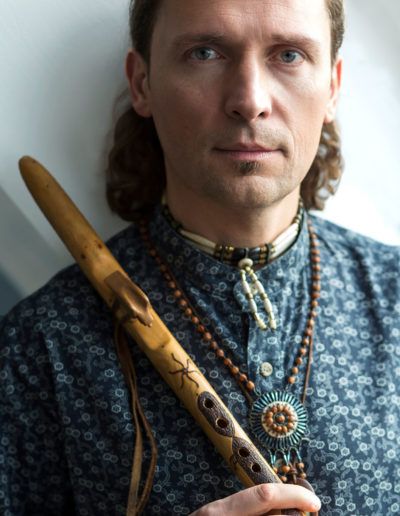
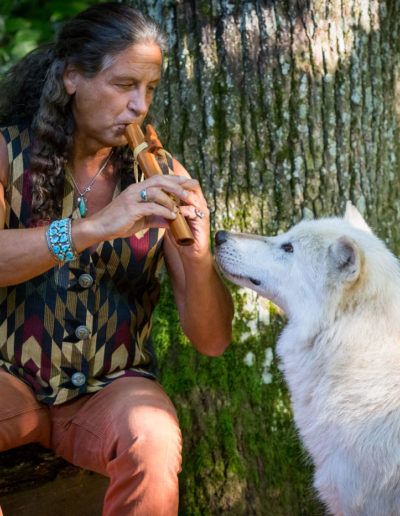
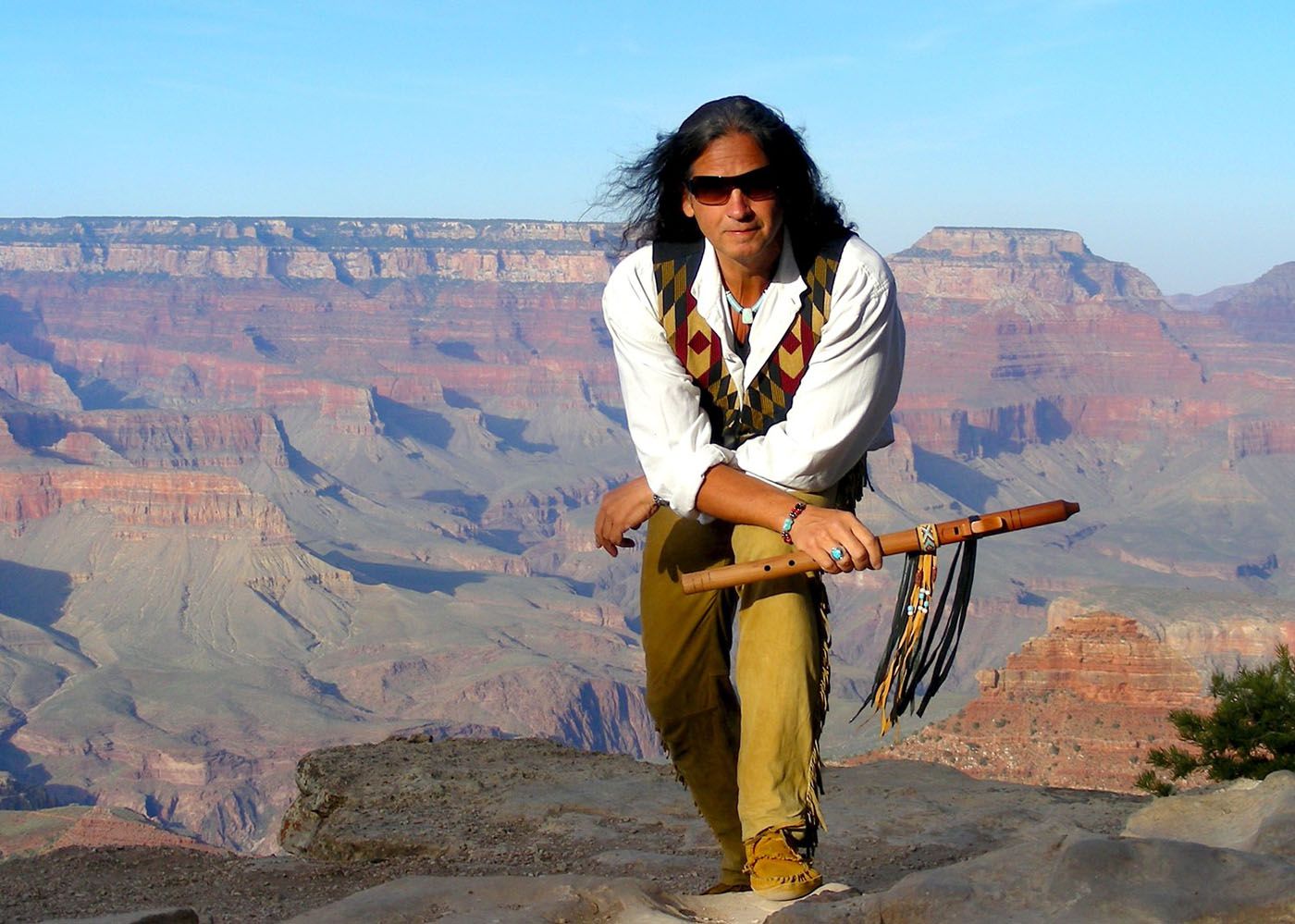
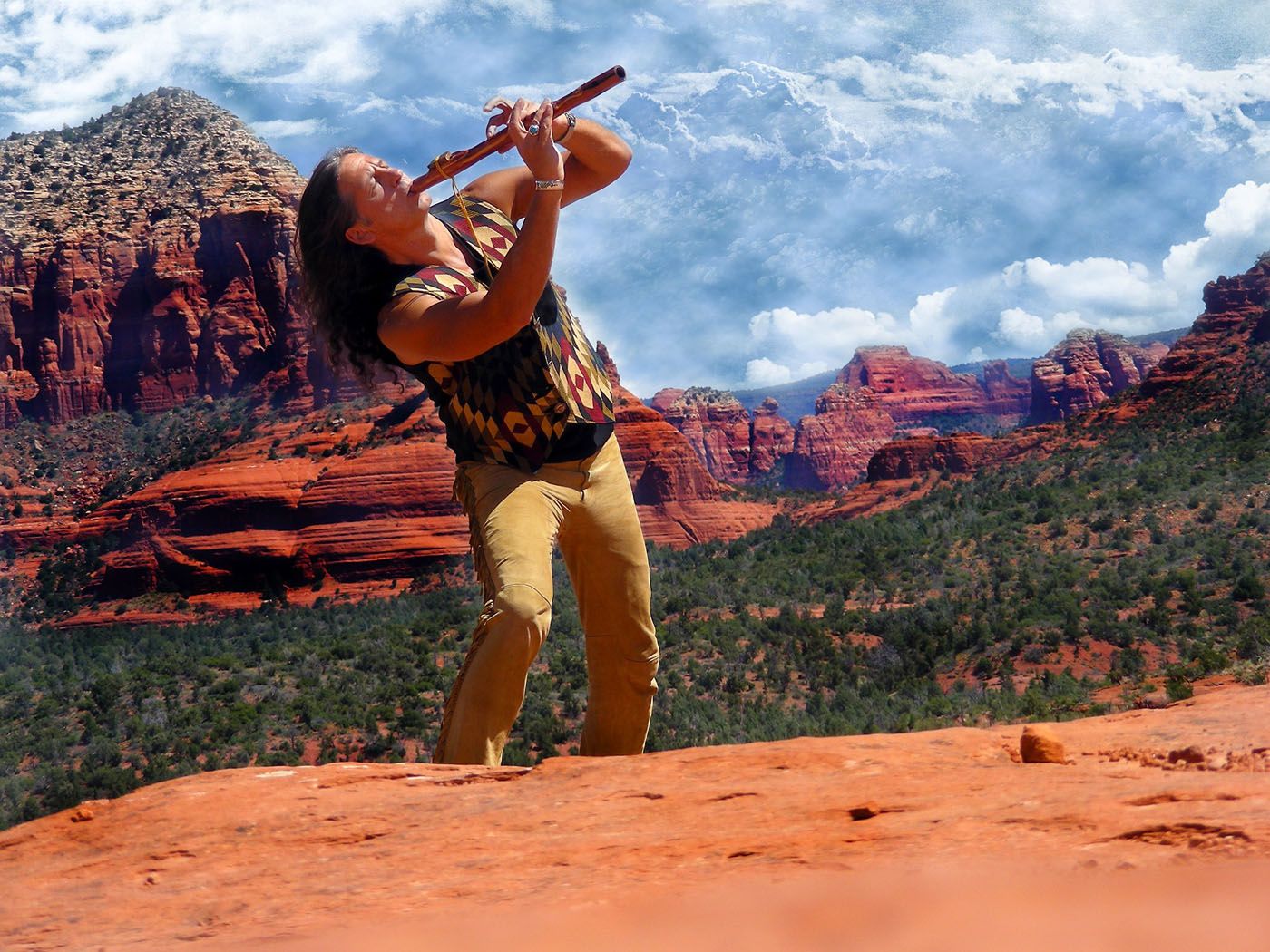
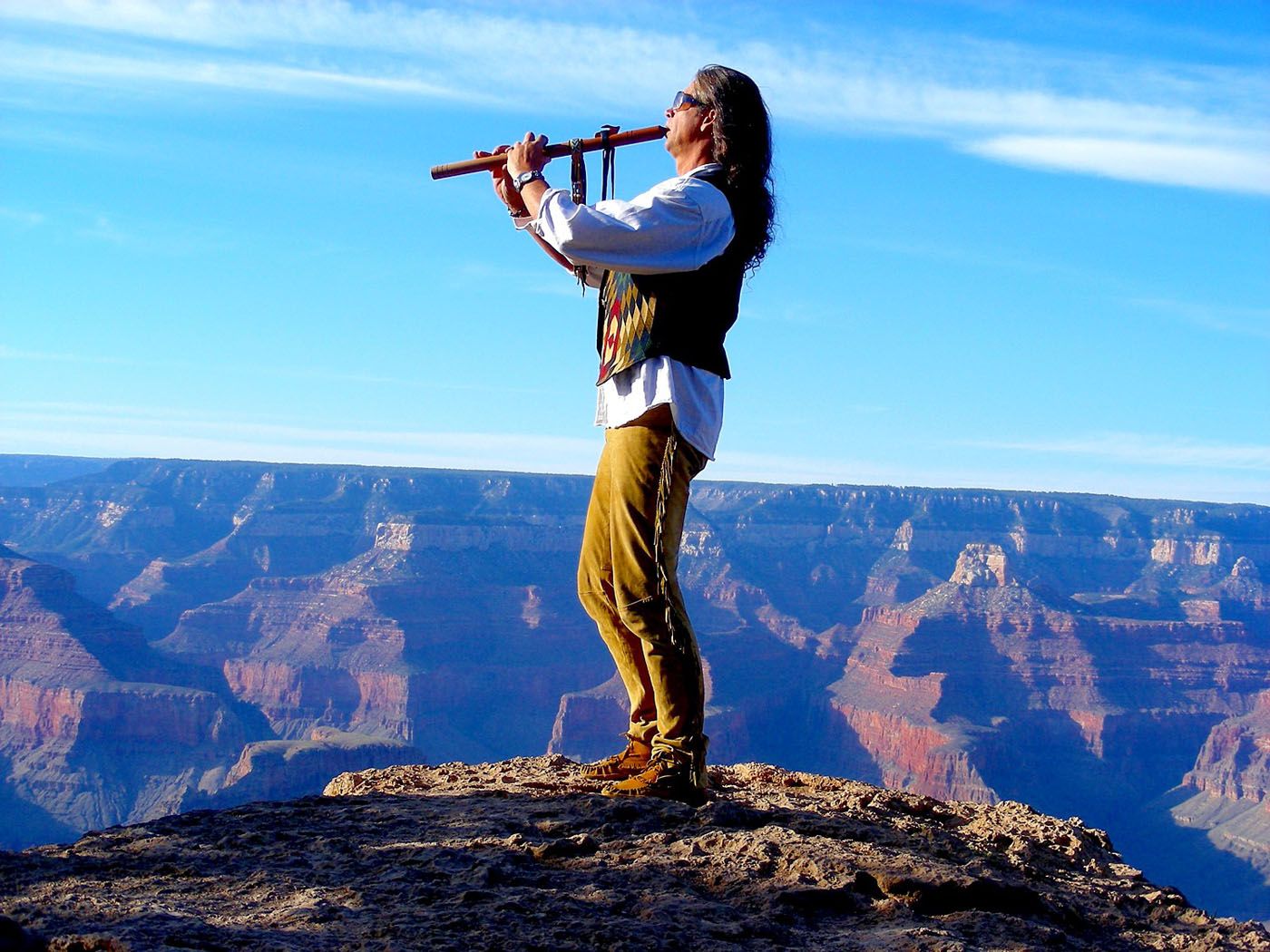
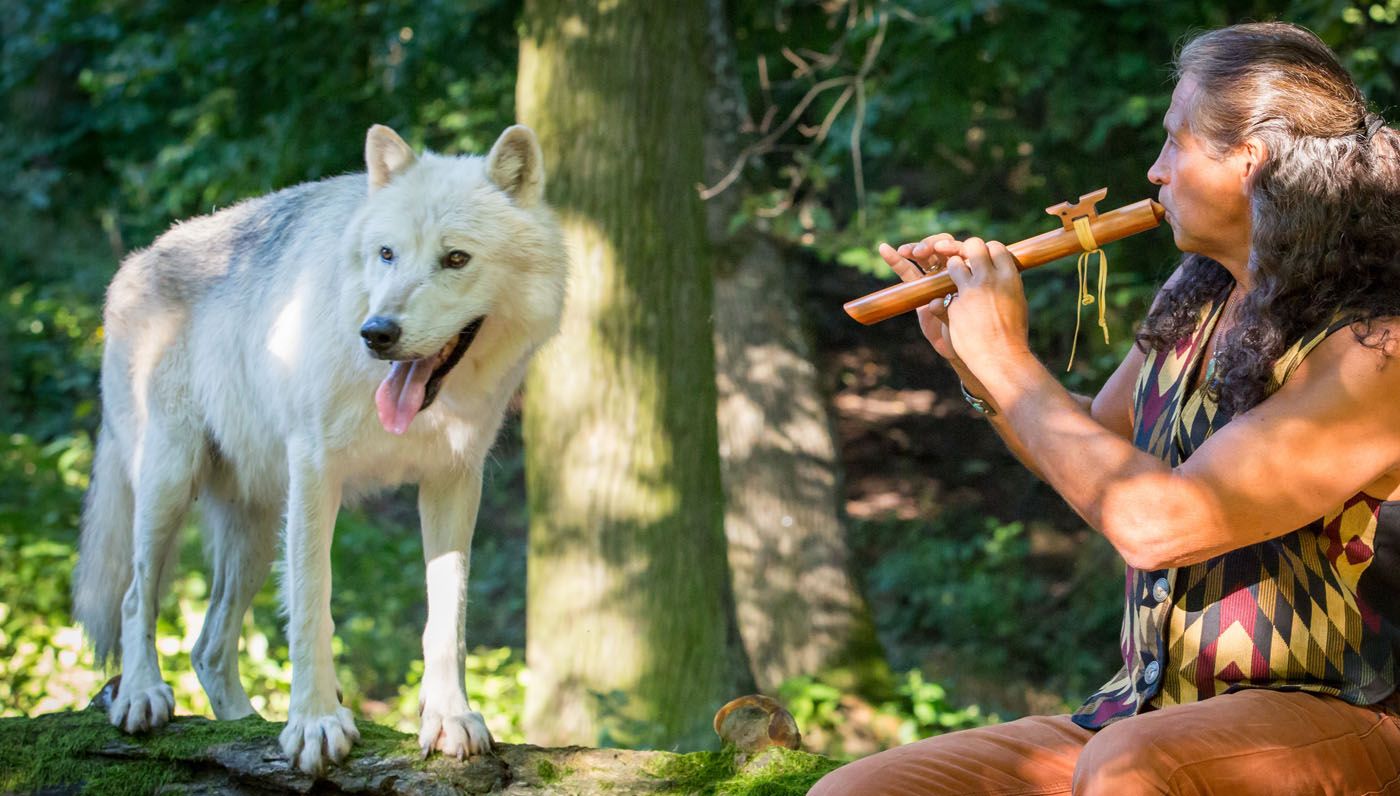




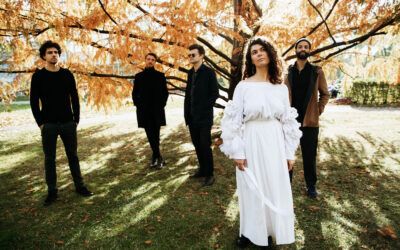
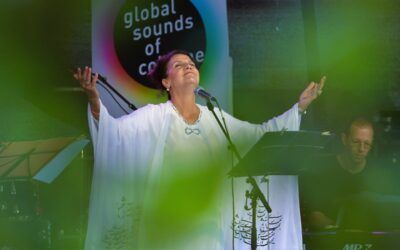




0 Kommentare